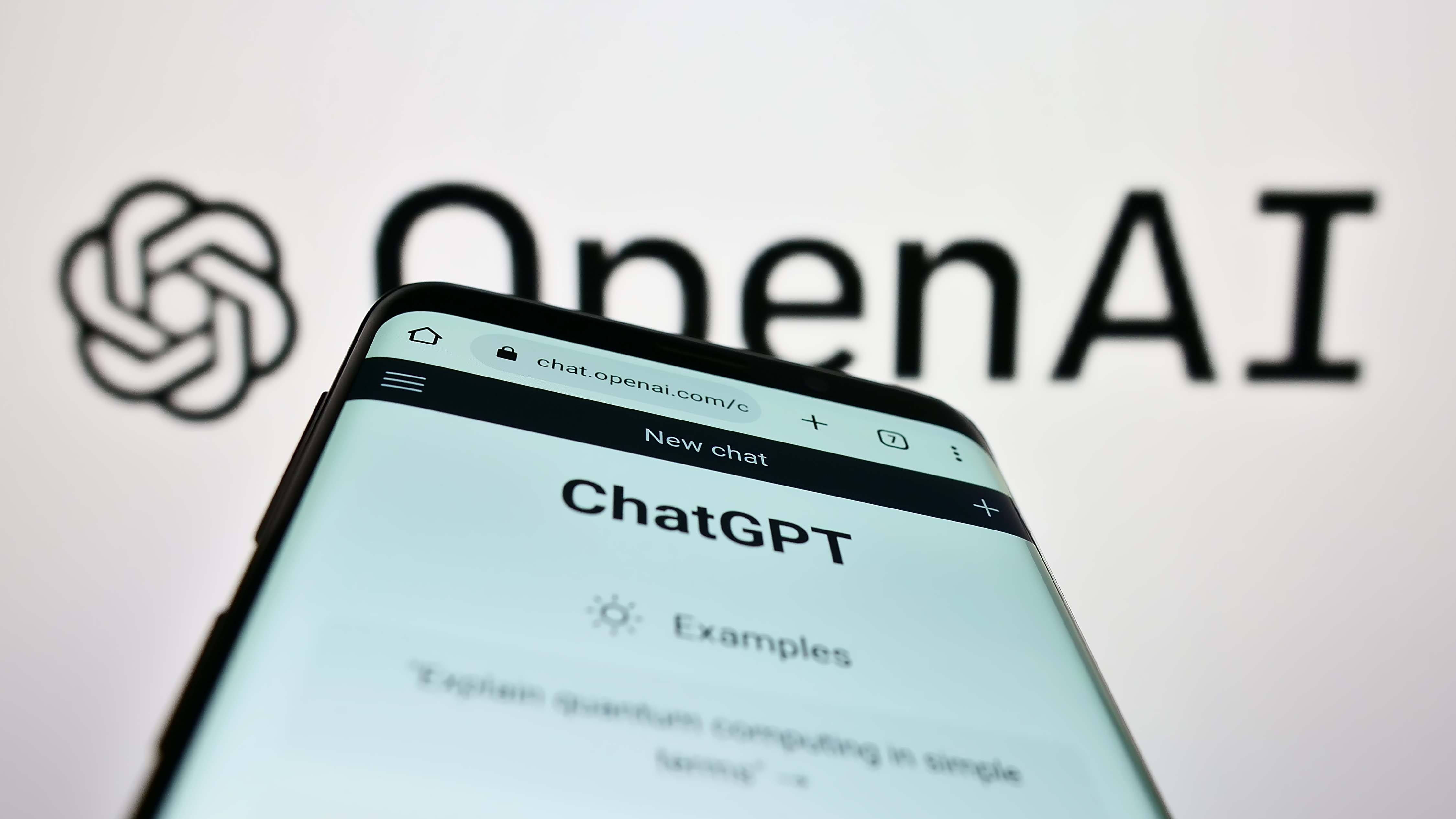
Advancements in AI technology create a significant
impact on the way users interact online. Using
AI-powered tools, we can develop more intelligent
websites that dynamically adjust to your visitors'
behavior, preferences, and needs.
Keeping
your brand dynamic, relevant, and in sync with
evolving user expectations and technological
progress requires regular updates.
Curious
about the latest AI advancements? Here are some of
the web trends to keep in mind.
Creating a Unique User Experience
To jazz up
Hardie’s website, our team employed machine learning to surprise
and entertain online users. We introduced a unique
“draw it yourself” product search
feature. Users have the option to sketch the
outline of a desired fruit or vegetable for their
order, allowing the website to identify the
corresponding product. Simply press and hold the
space bar to experience it for yourself.
“Gamifying” aspects of a web page can create a captivating and unique user experience. Bharat Innovations built this application using an artificial neural network (ANN) to identify hand-drawn scribbles.
Customer Service Chatbots
AI-powered chatbots and virtual assistants have a
growing role in boosting user engagement. You can
easily enhance your website by providing instant
support and answering queries. This, in turn, will
improve your overall user satisfaction.
What
is the difference between chatbots, AI chatbots,
and virtual assistants?
Conventional chatbots
(without AI capabilities) rely on scripted
dialogues and are unable to generate responses
beyond what has been pre-programmed into them.
In
contrast, AI chatbots utilize technologies such as
AI, ML, NLU, NLP, and LLMs to provide human-like
responses to user input. These advanced chatbots
are trained on datasets and employ machine
learning to intelligently generate a diverse array
of non-scripted, conversational responses to both
text and voice inputs.
Virtual agents, a
subset of AI bots, can be trained specifically for
interactions with customers in call centers or
contact centers.
Best AI Chabots:
DRUID
https://www.druidai.com/
Jasper
https://www.jasper.ai/
You Chat
https://you.com/
Chatsonic
https://writesonic.com/
Create Your Own Chatbot:
Using Vertex AI Conversation and Dialogflow:
https://codelabs.developers.google.com/codelabs/vertex-ai-conversation#0
HuggingChat:
https://github.com/huggingface/chat-ui
Responsive Design Optimization
Running a successful website is contingent
upon its adaptability to a diverse range of
devices and screen sizes. Users look for
information on the go across many platforms.
Does your website adapt its layout?
You can elevate your user experience by adopting
a responsive design that automatically adapts its
layout, content, and functionality to the user's
screen size. This simplifies navigation, improves
content readability, and facilitates interaction,
ultimately resulting in increased engagement,
longer visit durations, and higher conversion
rates.
Responsive design eliminates the
necessity for a separate mobile version of your
website and is favored by search engines like
Google. A singular website facilitates more
efficient crawling and indexing of your content by
search engines. This approach streamlines your
SEO efforts
by concentrating link-building and social sharing
activities on a single URL, as opposed to
dispersing them across various versions of your
site. Creating and maintaining an independent
mobile version of your website consumes time and
financial resources.
Best AI Design Optimization Tools:
Adobe Sensei
https://www.adobe.com/sensei.html
Midjourney
https://www.midjourney.com/
Uizard
https://uizard.io/
Colormind
colormind.io
Khroma
https://www.khroma.co/
Accessibility
Your website
needs to be accessible to all users, including
those with disabilities. This is not only a best
practice but also a legal requirement in many
regions. The
WCAG guidelines
provide a comprehensive set of recommendations for
making web content more accessible. Some of these
recommendations include providing alternative text
for your images, using semantic HTML elements,
ensuring keyboard accessibility, providing
captions and transcripts for your multimedia,
offering adjustable text and color contrast,
integrating voice search, and letting voice
recognition help users interact with your site.
AI-powered image and video recognition
technologies can help make content more accessible
to users with visual impairments who rely on
voice-activated interfaces.
Best AI Recognition Software Tools:
Google Vision AI
https://cloud.google.com/vision
Clarifai
https://www.clarifai.com/
Amazon Rekognition
https://aws.amazon.com/rekognition/
Hive
https://thehive.ai/
Imagga
https://imagga.com/
Vue
https://vue.ai/
AI-Driven Personalization:
By analyzing user behavior, preferences,
and interactions, the newest AI algorithms can be
used to automate A/B testing and adjust design
elements and content placement in real time.
Personalized experiences and product
recommendations can significantly improve
engagement and conversion rates.
Personalization and Marketing AI-Powered
Tools:
Insider
https://useinsider.com/
Braze
https://www.braze.com/
CleverTap
https://clevertap.com/
Adobe Target
https://business.adobe.com/products/target/adobe-target.html
Adobe Campaign
https://business.adobe.com/products/campaign/adobe-campaign.html
Dynamic Yield
https://useinsider.com/website-personalization/
Klevu
https://www.klevu.com/
Monetate
https://monetate.com/
Intellimize
https://www.intellimize.com/
Lyne
https://lyne.ai/
Contact us to discuss how AI is being used to create personalized user experiences. Your website could benefit from machine learning algorithms that analyze user behavior to tailor content, layout, and recommendations based on individual preferences.
Artificial intelligence is revolutionizing the web design landscape and shaping the future of online interactions. It’s important to stay informed and experiment with technology to create innovative and user-centric online experiences. This will lead to positive feedback from your customers.